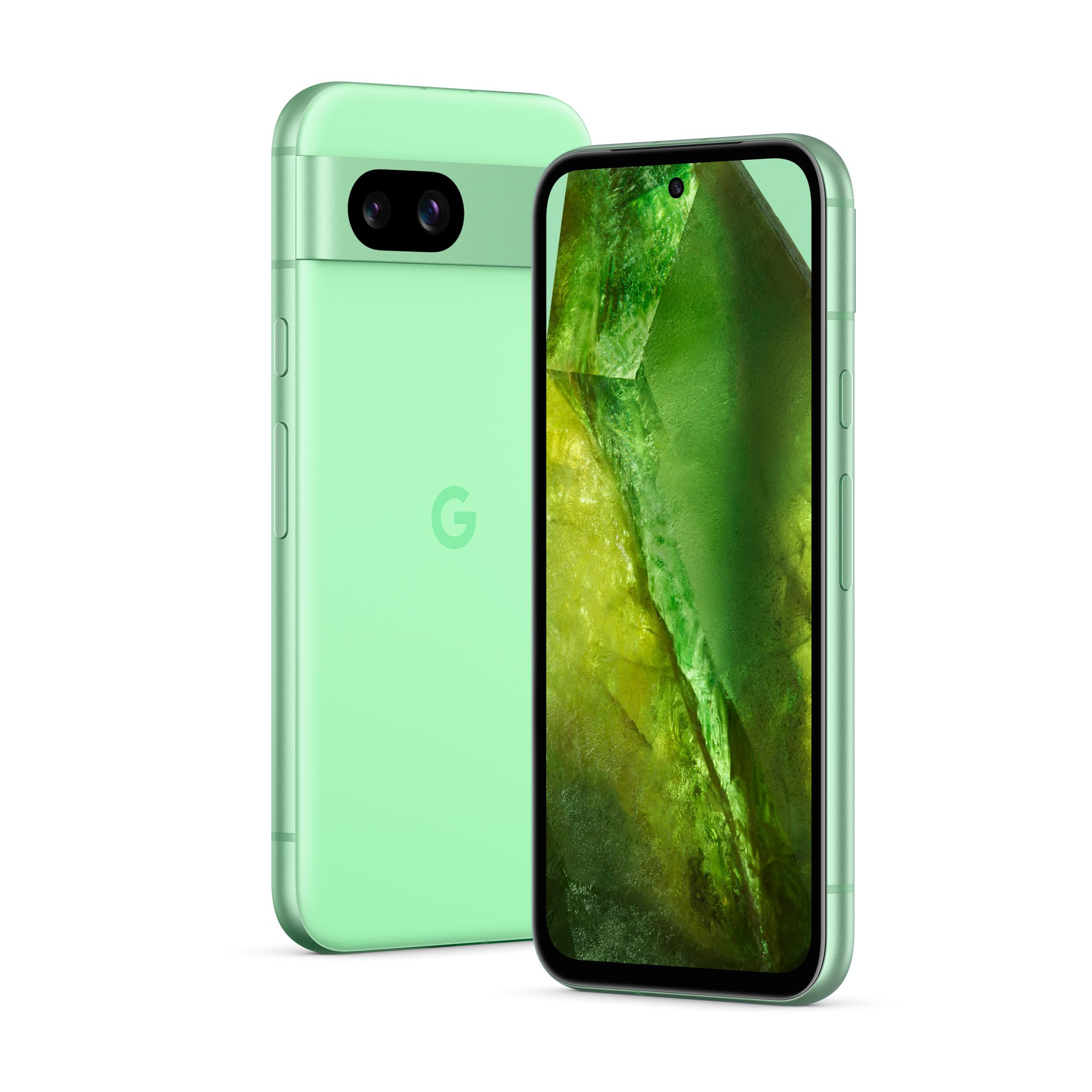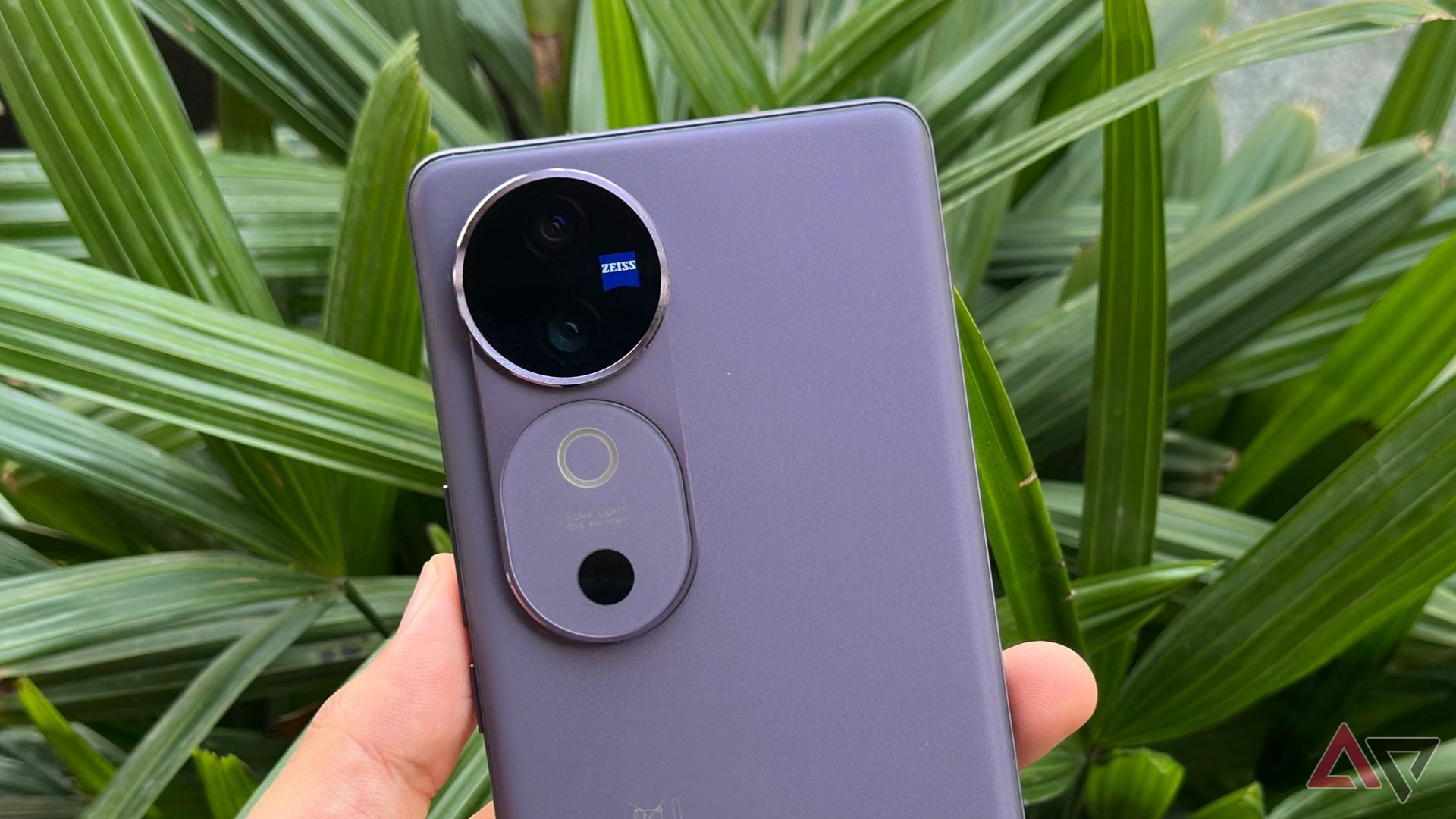For years, Google Pixel smartphones have been known as some of the best camera phones on the market. Last year, the Pixel 7a won a big ‘blind camera test,’ outperforming flagship devices like the iPhone 15 Pro and Samsung Galaxy S23 Ultra. Even our own Will Sattelberg, in the Pixel 8a review, noted that the phone still delivers the best camera quality for a $500 phone.
However, in the US, we miss out on many mid-range smartphones made by smartphone makers like Xiaomi, HONOR, OPPO, and Vivo, which are available in other markets at similar prices. For instance, Vivo launched the V40 Pro in several Asian markets last month, bringing the same ZEISS partnership found in its flagship X series to the mid-range segment.
But can these mid-range phones really compete with the Pixel 8a in terms of camera quality? To put this to the test, I took a lot of photos using the V40 Pro and the Pixel 8a to see if Vivo is ready to challenge Google’s throne. Safe to say, the results were not what I expected.
A closer look at the camera hardware
Vivo holds an advantage here
Before we compare the shots taken by both phones, let’s quickly go through the camera hardware of each phone. The Vivo V40 Pro comes with a triple 50MP camera setup: a 50MP primary sensor with an f/1.9 aperture, PDAF, and OIS, a 50MP telephoto lens with 2x optical zoom, and a 50MP ultra-wide sensor with a 119-degree field of view.
Meanwhile, the Google Pixel 8a has a more modest camera setup, featuring a 64MP main camera with dual-pixel PDAF and OIS, which seems better on paper than Vivo’s 50MP sensor. However, it only has a 13MP ultra-wide lens and lacks a dedicated telephoto sensor, which could be a drawback for portrait and zoom shots. Nonetheless, Google uses AI for bokeh effect in portrait shots, and the primary camera allows for 2x cropped optical zoom.
But is this enough to compete with the Vivo V40’s camera system? Let’s find out.
The rear camera showdown
Which smartphone has the better camera?
Before we begin, there are a couple of things to note. First, this camera comparison focuses only on the phones’ rear cameras, not the front-facing selfie cameras. Second, all the photos were taken as simple point-and-shoots without any adjustments, as that’s how most people use their smartphone cameras.
Moreover, in the galleries below, you’ll find images from the Vivo V40 Pro on the left, followed by those from the Google Pixel 8a on the right, for consistency and ease of comparison.
HDR and color science
Right off the bat, you’ll notice that there’s a huge difference in color science and image processing between the two smartphones. As expected, the Vivo V40 Pro leans towards a more vibrant and poppy look, while the Pixel 8a opts for a more toned-down, natural approach.
For example, in the shot above, taken at the harbor of Phi Phi Islands, the differences are clear. The shot taken by the Vivo V40 Pro shows the seawater in a vibrant turquoise shade, with bright green cliffs, while the Pixel 8a captures more natural, subdued colors.
Similarly, the shot of the Hard Rock Cafe above highlights how differently the two phones handle HDR. The Pixel 8a maintains a more neutral color tone with balanced highlights and shadows, while the Vivo V40 Pro goes for more vibrant colors. While both images are quite detailed and sharp, Vivo’s shot appears slightly oversaturated in some areas, like the red vehicle and the yellow guitar sign.
While I find the V40 Pro’s vibrant processing more appealing, this approach can sometimes lead to a loss of detail in the brightest and darkest parts of the image, as seen here. I have to give the edge to the Pixel 8a here, as its shot was closer to the actual scene.
Here’s another example that demonstrates how the Vivo V40 Pro can sometimes overexpose shots. In the image above, taken in broad daylight, the Pixel 8a continues to maintain a slightly muted color palette, while preserving details in the leaves and trunk textures well. The Vivo V40 Pro again opts for vibrant colors — see the green leaves — which appear slightly oversaturated, while the sand appears slightly overexposed.
You can see a similar patten when it comes to indoor shots as well. The shot taken by the Pixel 8a has more accurate colors, with the ceiling and metal structures retaining their white balance without being too warm or cool. In contrast, the Vivo V40 Pro produces a warmer image with a yellowish tint, but manages to capture better details in the darker areas, such as the framework and ceiling.
Night/Artificial lighting
For low-light testing, I took the phones to the poolside where the only sources of light were the hanging lamps and pole lights. As before, the Vivo leans toward a warmer tone, but captures the overall scene more effectively than the Pixel 8a. Objects like the wet tiles and lounge chairs by the poolside are clearly visible and well-lit. While the Pixel 8a also manages the exposure reasonably well, its image appears somewhat dull and less visually appealing.
The difference in low-light processing is even more evident in the shot above of the sea taken shortly after sunset. The Vivo captures the sky, clouds, and sea waves well, while the Pixel 8a — likely due to its slower shutter speed — struggles to capture the waves, resulting in a noisy image.
In fact, the V40 Pro also one-ups the Pixel 8a in color accuracy here, with its shot closely matching the real-life scene.
Portrait shots
Moving onto portrait shots, the V40 Pro holds a clear advantage due to its dedicated telephoto lens — and this difference is immediately noticeable.
As you can see, while the Pixel 8a uses software and AI to effectively blur the background, the V40 Pro delivers more accurate edge detection, particularly around complex areas like hair. For example, on the left side of the subject, the Pixel 8a slightly misses some finer hair details, leading to a less refined blur, while the V40 Pro handles it just fine.
Additionally, there’s a distinct contrast in color science: the V40 Pro favors a more vibrant and warmer color palette, while the Pixel 8a maintains a more natural tone. The V40 Pro also seems to smooth the skin, giving it a softer look, compared to the realistic texture captured by the Pixel 8a.
Similarly, when we take a look at the indoor shots, the Vivo V40 Pro tends to smooth out skin tones — noticeable, for example, on the subject’s arms — while also (slightly) overexposing the subject. In fact, I’d say that the Pixel 8a handles indoor portrait shots more effectively, offering a better dynamic range, having accurate colors, retaining natural skin textures, and executing an on-point bokeh effect.
In artificial/low-light conditions, the Vivo V40 Pro’s telephoto sensor gives it an edge, with the phone producing portraits that are clearer, sharper, and brighter. Although the V40 Pro maintains a warmer tone, it does a better job of highlighting the subject, delivering a more vivid and pleasing-to-look-at image. In comparison, the Pixel 8a’s lacks the ‘punchiness’ required from the shot.
Food shots
Now, onto one surprising feature of the Vivo V40 Pro, which is its ability to automatically detect the type of subject you’re taking the photo of and suggest a corresponding AI mode — for example, when you’re taking photos of trees or a park, it’ll prompt you to enable “Greenery AI mode,” or “Food AI mode” for food shots.
The three images above show how these AI modes affect the final output. The first image shows a glass of beer with AI Food mode disabled on the V40 Pro, the second one is with the mode activated on the V40 Pro, and the third is from the Pixel 8a. You can see that the AI mode on the V40 Pro adds more color and contrast to the image, altering the overall processing.
While neither shot is perfect, the Pixel 8a and the V40 Pro’s AI-enhanced image look quite similar in color. However, I prefer the V40 Pro’s version because it brightens the entire scene, while the Pixel 8a’s shot appears slightly more subdued.
Which camera is better?
It’s tough to say which camera is better, since neither of the phones excel in every scenario. Both the Vivo V40 Pro and Pixel 8a have their strengths and weaknesses, each performing better than the other in different situations. The Vivo V40 Pro tends to produce slightly warmer and vibrant images, while the Pixel 8a focuses on delivering natural, realistic colors.
Ultimately, the choice comes down to personal preference. For me, the V40 Pro seems like a better choice because it handles certain shots exceptionally well, such as the image with a view of the sea and cliff and low-light shots by the water. Although the V40 Pro has room for improvement — particularly where it over-processes the skin in portrait shots — it generally delivers better images with great detail, depth, and richer colors.
This is not to say the Pixel 8a performs poorly — more often than not, it handles dynamic range better than the V40 Pro in most scenarios. However, I personally prefer the color processing and overall output of the Vivo V40 Pro.

Google Pixel 8a
The Pixel 8a wants you to forget the Pixel 8 ever existed. With some crucial upgrades over its predecessor, including a brighter display, faster processor, and larger battery, Google’s latest mid-range smartphone is the perfect combo of speed and AI smarts. And with seven years of OS upgrades, it’s the longest lasting $500 smartphone you can find today.
Source link


